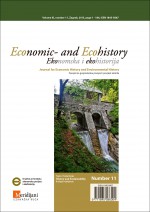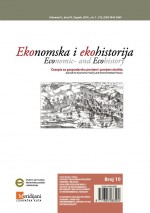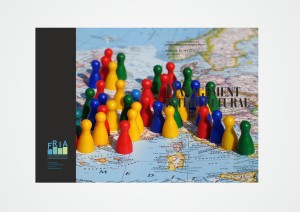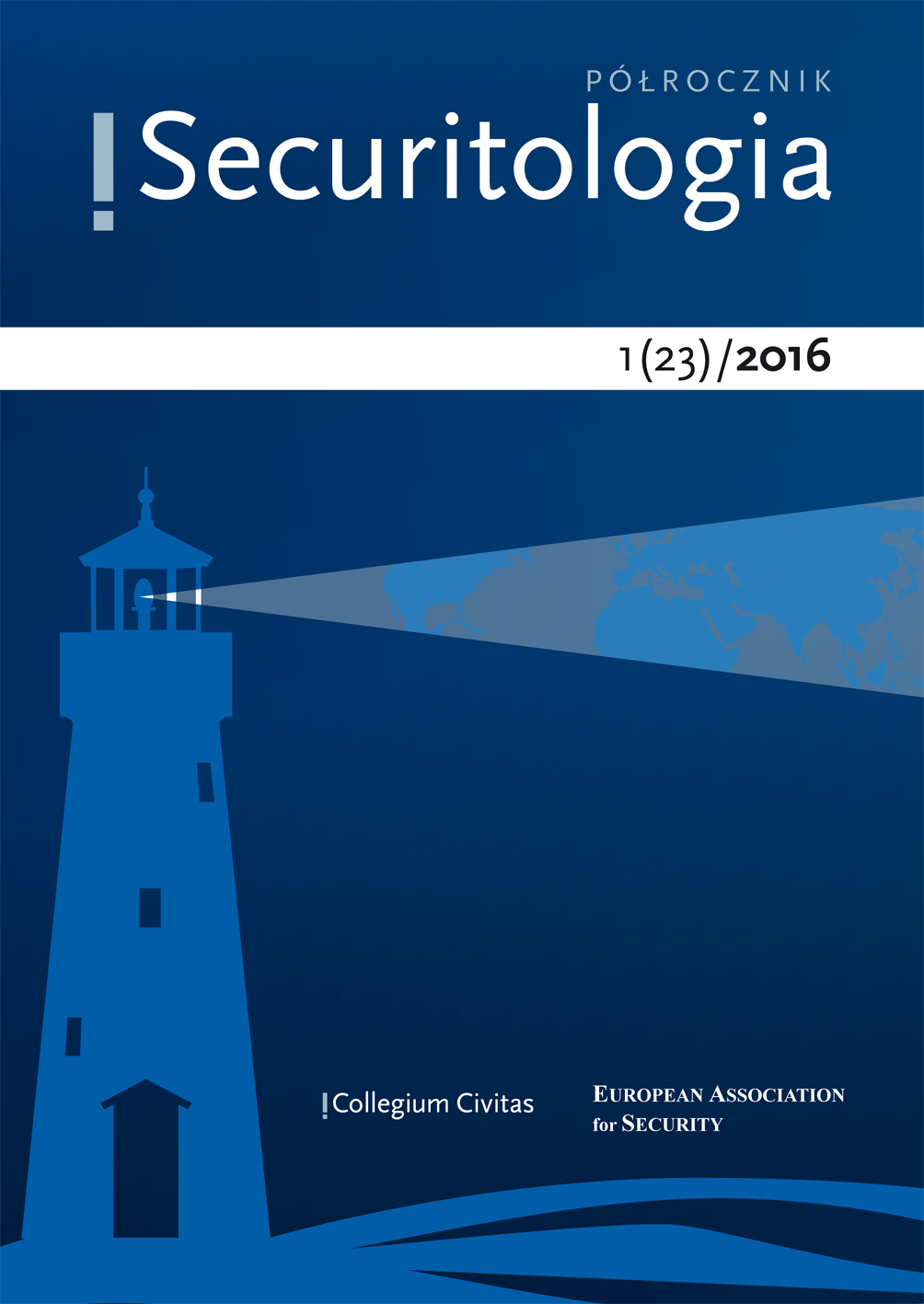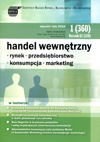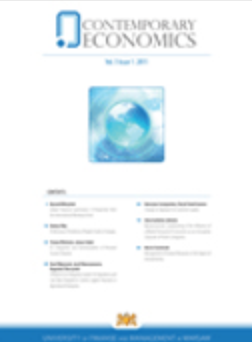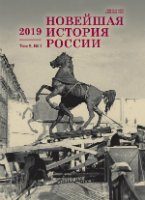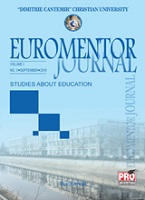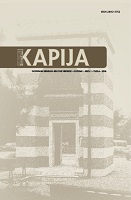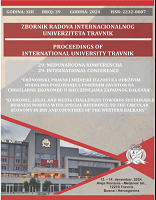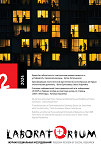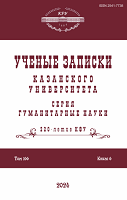Author(s): Yulia Ermolaeva,Elena Loshchinina / Language(s): Russian
Issue: 2/2024
The article, based on 50 autointerviews with environmental activists, examines biographical trajectories of environmental identity formation and cognitive and contextual triggers of the desire for pro-environmental behavior. We use theories of environmental identity, approaches to the study of sustainable behavior, and the biographical method as theoretical frameworks. In the analyzed autobiographies we identified a dominant component—a trigger, which was described as a dual experience of an environmental problem in direct interaction with it (admiration for the beauty of nature with awareness of the present level of pollution), that led to personal and social transformations. Less common triggers—having children, education, the desire for a healthy lifestyle— were encountered much less frequently but were also capable of radically changing the socio-ecological practices of respondents. As the main activity in search of a way out of the crisis of values, informants chose to start a new business or a nonprofit project, join environmental movements, and change their lifestyle in accordance with environmental values and the values of sustainable development. The trend observed in Western studies was confirmed: Awareness of oneself as part of the natural world and of one’s impact on the environment went through several stages, including rethinking of the position in light of a personal crisis, concern for nature, feeling the need to take steps toward environmental activism, engaging in new projects, revising everyday habits, modifying behavior at work, and seeking involvement in environmental activist communities. In this case, environmental awareness was the main mechanism of personality transformation at the level of values. The biographies also manifested a global-local identity, that is, recognition of the importance of global environmental crises and of the importance of scaling up local socio-ecological practices in Russia.
More...
